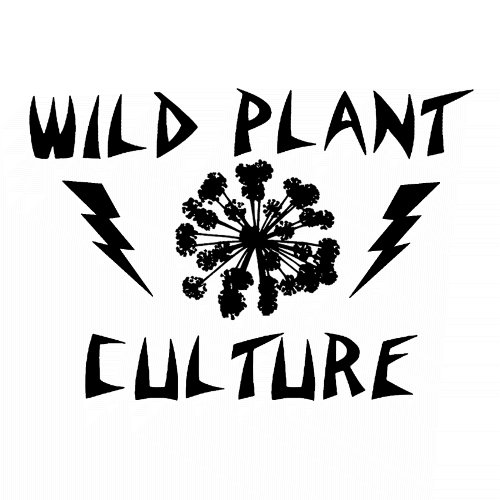New Arrivals

A warm spring rain falls overnight. The next morning, humid air and still-moist leaves impel me towards our propagation frames.
Lifting the lid off of one, I examine each of the seed flats within, looking for fresh germination. Sometimes it takes some squinting -- picking out tiny green seedlings arising from the rich organic mix.
I greet familiar seedlings - wild bergamot, tall coneflower, steeplebush - with relief that they will accompany us through another season. I feel a bit of parental guilt as I pass them over with some quick niceties (without really looking, you know). I'm wondering which new species - plants we've never worked on before - have come up.
In the next propagation frame, I notice that purplestem angelica (Angelica atropurpurea) is germinating, the long seedling leaves still with a papery cap-- remnants of the seed exterior.
For the last few years, I was a bit... obsessed with purplestem angelica. A giant of a riverbank flower I had never seen before, with blooms in a compound umbel that radiates in all directions like a firework just exploding. I searched in probable natural areas but came up with nothing.
Then last year, I spotted some while driving over a bridge. The angelicas were thriving along the bank adjacent to an abandoned paper mill, crumbling, toxic, rusting.
Of all places! A gate barred the driveway and included a phone number for access...
My call was received by a friendly woman with a southern accent who, to my surprise, seemed to understand my wish to photograph the plants in flower and come back later to collect seeds. It was a strange scene when I got there, signing in at a little security trailer and walking the old footbridge across the river to the abandoned paper mill.
Adding new species to our repertoire -- and perhaps our catalog -- is full of excitement and challenge. Finding the plant in the wild, abundant enough to collect seed. Guessing at when to sow, how deep to sow, how many. Observing germination, if and when it happens (some species take two or three years, with some even more recalcitrant). There's botany, plant ecology, and lots of tender parenting involved.
These species are not domesticated. They don't come up the way the oats-and-peas cover crop does, or like the tomatoes we start on the windowsill. Perhaps some of these wild species have never been intentionally grown before. Some prove pleasantly easy, despite stringent habitat requirements in the wild, like miterwort and foamflower. Others have a host of complications, like our constantly in-demand black huckleberry, and we just muddle through producing as many as we can.
Some other seedling highlights this year so far? Allegheny serviceberry. Pearly everlasting. Mapleleaf viburnum. Turk's cap lily. Downy goldenrod. Hearts-a-burstin'. Closed bottle gentian. Oh, and rockcap fern, if gametophytes count...
I can't promise any will join our catalog, but I'm looking forward to trying, learning, and some adventures along the way.
